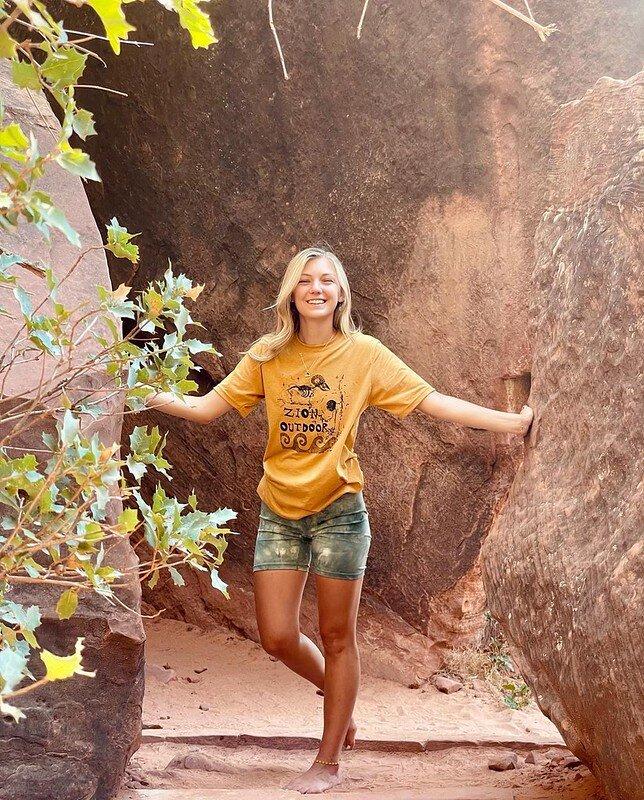As the search for Gabby Petito’s boyfriend continues, one thing that this case starkly illustrates is the difference between people of color who disappear and white people who disappear.
The search for Petito blew up in the media. Within two weeks of her story going viral, her remains were found. In contrast, people of color who go missing rarely get the amount of media coverage a white person does.
Gabrielle Venora Petito was a 22 year old Florida resident who was reported missing after her fiance, Brian Laundry, returned by himself from their cross country trip in their van. The search for the missing woman took off immediately. Soon after, her remains were found in Wyoming. Now, Laundrie is considered a suspect in her homicide and is currently missing.
According to an article from the Great Falls Tribune, in the eight days that Petito was missing, “Three Indigenous people — Sterling Prinze Redstar, Markie Shea Williams and Cloelle Buck Elk — were reported missing in Montana. But most people don’t know their names.” In Wyoming, “710 Indigenous people were reported missing between 2011 and 2020.”
On Instagram, there’s even a page dedicated to missing and murdered indigenous people.
This is not to say Petito’s case isn’t important. Any missing person’s case is important to somebody; whether it’s the family, friends, or law enforcement. It shouldn’t mean that one case is more important than the other because of who they are, what they look like, or where they come from.
Natalie Wilson, co-founder of Black and Missing Inc, told ABC News, “Minority adults who go missing are often stereotyped as being involved in crime or violence, poverty and addiction, which takes attention away from their cases too.”
A big reason why the Petito case is so captivating is the role social media played in the investigation. In an article for the New York Times, Kyle and Jen Bethune, who had been traveling at the same time as Petito in the Bridger-Teton National Forest, reviewed the footage they had recorded. They found that they indeed had captured the van that Petito and Laundrie had been traveling in. The surrounding area where the van had been filmed was where Petito was found.
Social media helped capture the public’s interest for a number of reasons, one of which being that Gabby Petito herself was a vlogger. Anyone could watch her most recent video to see where they were in almost real time. The host of the Affirmative Murder podcast, Alvin Williams said “We can play the game of, ‘Oh it’s because she was a vlogger’ and all those things, but we can also see that she is a Gen Z, blonde, petite girl, and that is what gets the clicks.”
Social media helped find a white woman’s remains, yet it hardly helps to find a missing person of color. If people want to use social media to help find a missing person, that should include spreading awareness of people regardless of their backgrounds.
Podcasts like “Up and Vanished” that investigates missing person cases’ most recent season is focusing on that of Ashley Loring Heavyrunner, an indigenous woman who disappeared in 2017. Another podcast, “Affirmative Murder,” “Focuses on true crimes with Black and brown victims.”
This case has helped missing people of color get some of the media attention they deserve, but there’s still a long way to go. Focusing on missing and murdered indigenous people’s story is a step in the right direction to ensure that the cases surrounding people of color are taken just as seriously as any white persons.





![[Both photos courtesy of sonoma.edu]
Ming-Ting Mike Lee stepped in as the new SSU president following Sakakis resignation in July 2022](https://sonomastatestar.com/wp-content/uploads/2024/04/CC4520AB-22A7-41B2-9F6F-2A2D5F76A28C-1200x1200.jpeg)


























